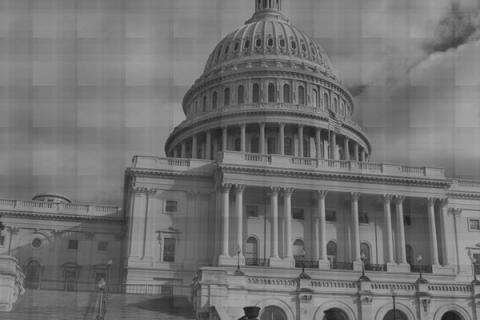I have supported many environmental causes over the years, especially wildlife conservation. I am so passionate about these issues, that I have embarked upon a doctoral program to further explore man’s impact on the environment. As such, I research the issues and I will tell you–the truth is always buried somewhere in-between.
Maybe the best example is global warming. Al Gore’s alarmist documentary, “An Inconvenient Truth” would be better titled, “An Inconvenient Half-Truth.” While I appreciate Mr. Gore’s overall intent, his support of the Kyoto Protocol is a good example of his misplaced approach. Without going into detail, let me just say the Kyoto Protocol’s goal of reducing greenhouse gasses is good. However, as with so many other United Nations protocols, conventions, and treaties, it is strongly weighted against the United States. It basically states the U.S. has done its fair share of polluting throughout the Industrial Revolution into present day, but developing countries like China and India who never had a defined Industrial Revolution should be allowed to produce greater amounts of greenhouse emissions [Note: China produces almost half the coal emissions in the world]. It makes use of nonsensical mechanisms like emissions trading, whereby a country like China is allowed to pollute well over its mandated limit by buying “credits” from countries that do not reach their limit (Kirova, 1999).
Getting back to global warming in general--there is no doubt that we have affected the climate and therefore, we must continue our efforts to lessen our impact on this planet. However, Earth has seen this all before and no doubt, will again.
Some facts about global warming and greenhouse gasses…
- The earth has actually been cooling off for the past 3 million years, to include a few ice ages (we are in one now) along the way (Maasch, 1997).
- The earth has a largely molten outer core and mantle, which release naturally-occurring greenhouse gasses such as carbon dioxide and methane into the atmosphere. In fact, a lake in Cameroon erupted with so much CO2 in the 1980’s that over 1700 people were killed (Kling et al., 1987).
- Two naturally-occurring methane vents were recently discovered in the ocean floor, which are estimated to dwarf U.S. CO2 emissions. Methane affects the atmosphere 23 times more than CO2. Ruminant flatulence (cow and sheep gas) is believed to be the largest contributor to the depletion of the ozone layer over Australia and New Zealand (Hatchett, 2005).
- The major greenhouse gas is water vapor, which accounts for up to 85% of the greenhouse effect (Freidenreich & Ramaswamy, 1993). If you ever go to an Orlando theme park in July, wear plenty of sunscreen–the amount of morbidly obese people sweating their asses off is sure to open a hole in the ozone layer!
I suppose my whole point here is that the end is not nigh. Natural disasters and global warming may be nothing more than natural growing pains for a relatively young planet. So, enjoy your life and do not let some sheep farts cause you to lose any sleep…although, I do recommend avoiding Orlando in July!
References
Freidenreich, S. M., & Ramaswamy, V., (1993). Solar Radiation Absorption
by Carbon Dioxide, Overlap with Water, and a Parameterization for General
Circulation Models. Journal of Geophysical Research, 98, 7255-7264.
Hatchett, A. N., (2005). Bovines and Global Warming: How the Cows Are
Heating Things up and What Can Be Done to Cool Them Down. William &
Mary Environmental Law & Policy Review, 767, 768.
Kirova, M. S., (1999). Estimating the Costs of Kyoto: Uncertainties and
Assumptions Driving the Model Results. Center for the Study of American
Business, Policy Study Number 154. Retrieved from Http://wc.wustl.edu/files/wc/estimating%20the%20costs.pdf
Kling, G. W., Clark, M. A., Compton, H. R., Devine, J. D., Evans, W. C.,
Humphrey, A. M., Koenigsberg, E. J., Lockwood, J. P., Tuttle, M. L., &
Wagner, G. N., (1987). The 1986 Lake Nyos gas disaster in Cameroon, West-
Africa, Science, 236 (4798), 169–175.
Maasch, K. A., (1997, January 1). What Triggers Ice Ages? Nova. Retrieved

